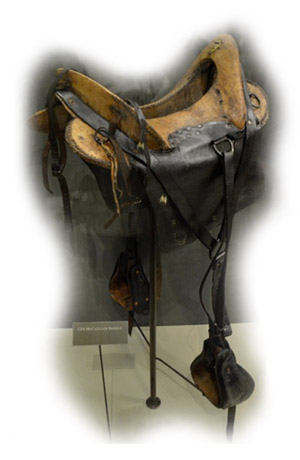Our forefathers depended on the soundness of the horse in order to be able to continue to do their jobs, or even survive. Horses at the turn of the century (and up to the mid-1900s) were still used primarily as working animals in agriculture or in the military. Their owners and riders were true horsemen, and generally knew everything they needed to know to keep their horses sound and their saddles and tack fitting well. Then when the industrial revolution really took off and horses were relegated to the sidelines, it seems that a lot of this knowledge and experience was simply lost in translation. It was not until the mid-1950s that equestrianism as a recreational and competitive sport began to really take hold – with a huge shift in demographics to the female side of the population. Unfortunately, although there are certainly still many true ‘equestriennes’ out there, many of today’s riders are women who are just now taking up the sport (having time and discretionary funds to spare for this not-inexpensive pastime) really have never had the advantage of being raised with horses, and need to rely on industry professionals to keep their horses happy.
One of the most glaring changes has been in the design of the saddle. Many of you will be familiar (at least in theory) with the McClellan saddle from Civil War days. This saddle epitomizes how much time and effort went into the design of military saddles, with a goal to produce a properly fitting saddle that would keep horses healthy for the longest time. McClellan studied and documented the design, construction, and innovative features of saddles from various European countries, and watched how the cavalries in several military conflicts used these. Based on his observations and analyses in Europe, he then developed a specific design… Read the full article here.
~ Jochen Schleese CMS, CSFT, CSE, courtesy of Saddlefit 4 Life

